Lure Neighborhood Birds with DIY Supplies
Spring has sprung in Austin, Texas and as I enjoy the influx of feisty, amorous birds in our yard, I thought it might be fun to start this blog with some of my favorite ways to attract birds without relying on feeders.
Shopping Around is for the Birds
In spring, your neighborhood birds are scouring everywhere for the perfect nest materials. You don’t have to invest the money and space for bird condos and cheap chateaus to help your local lovebirds build the perfect home. You can be the popular bird nerd on the block by making their search a little more efficient.
That pile of weeds you just raked up and put in the compost bin? Try leaving it out in a pile for a couple of days before you tidy up.
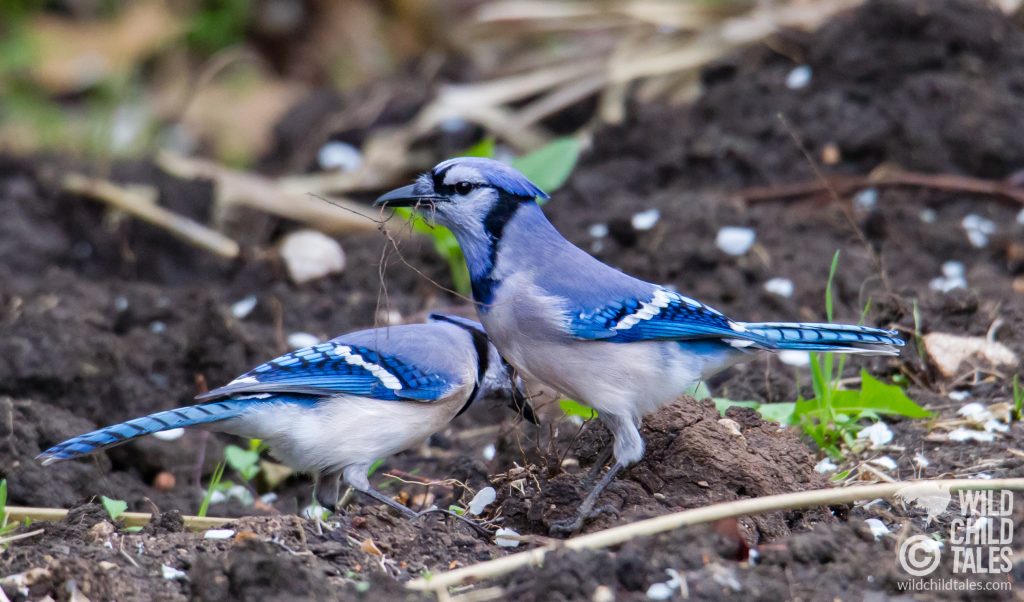
Dried stalk-like grass clippings, raked leaves, twigs, moss, lichen – these are all yard waste you can pile in an unobtrusive spot and leave for your friends.
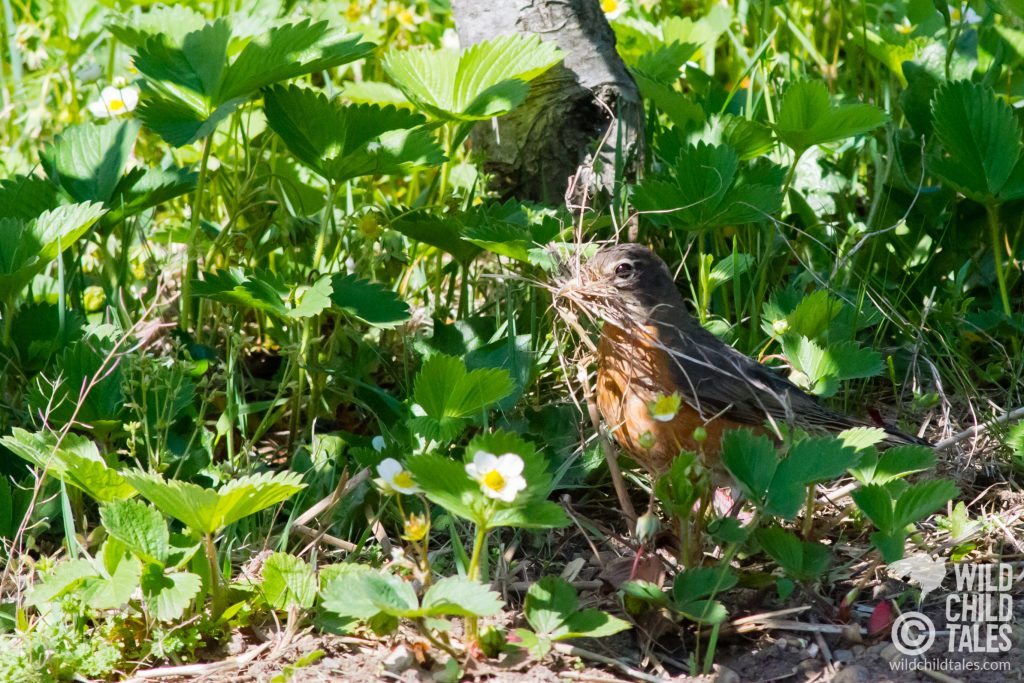
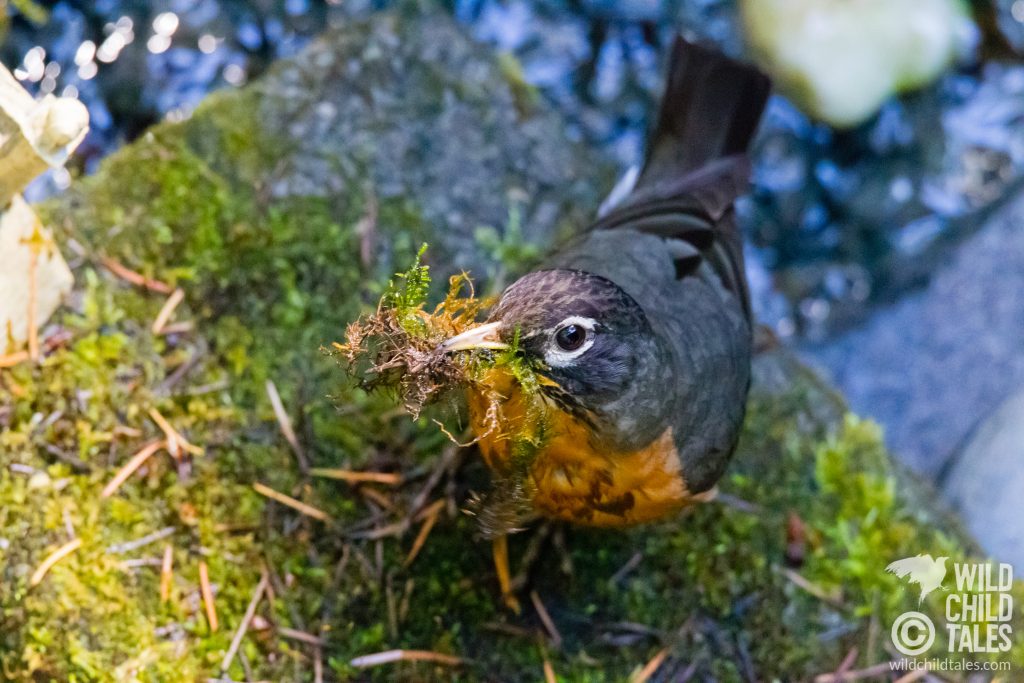
Spoil Them, Spoil You
My in-laws live in the desert, and after hearing stories of their hummingbirds pulling fibers out of their chairs and ropes, I got them some wicker balls stuffed with raw cotton.
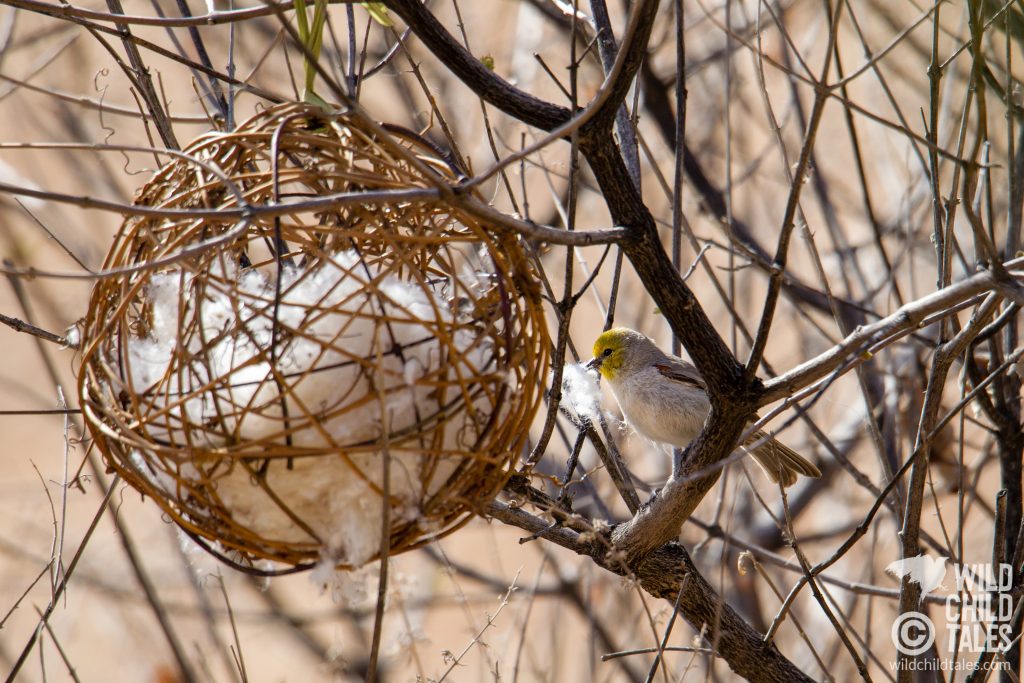
Since it was such a hit, I bought raw cotton batting from Amazon this year and improvised holders out of old wire fencing scraps.
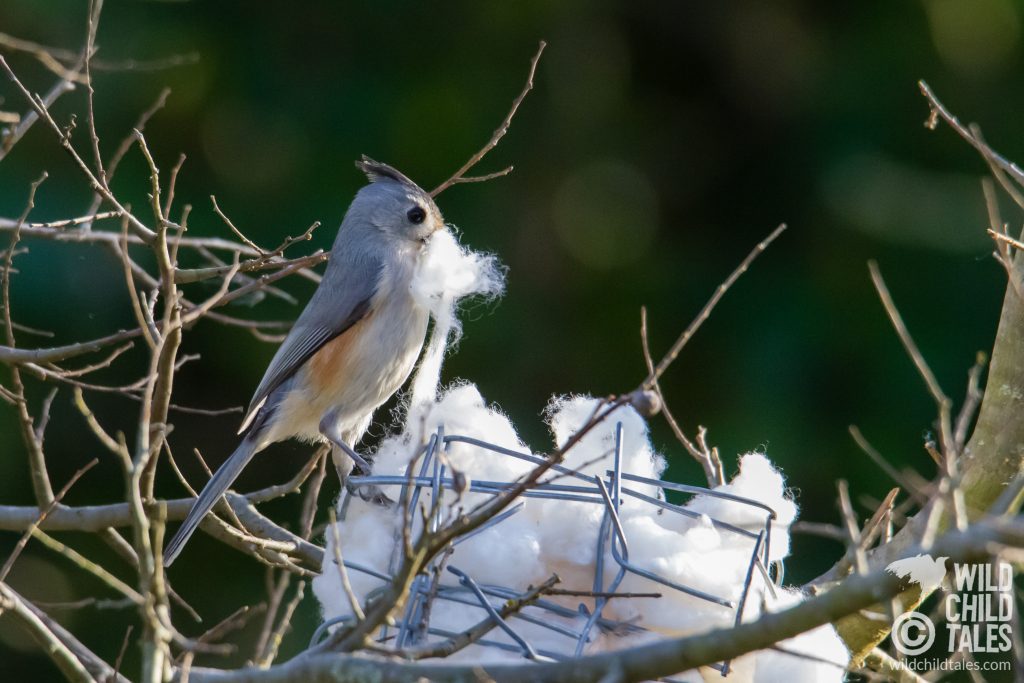
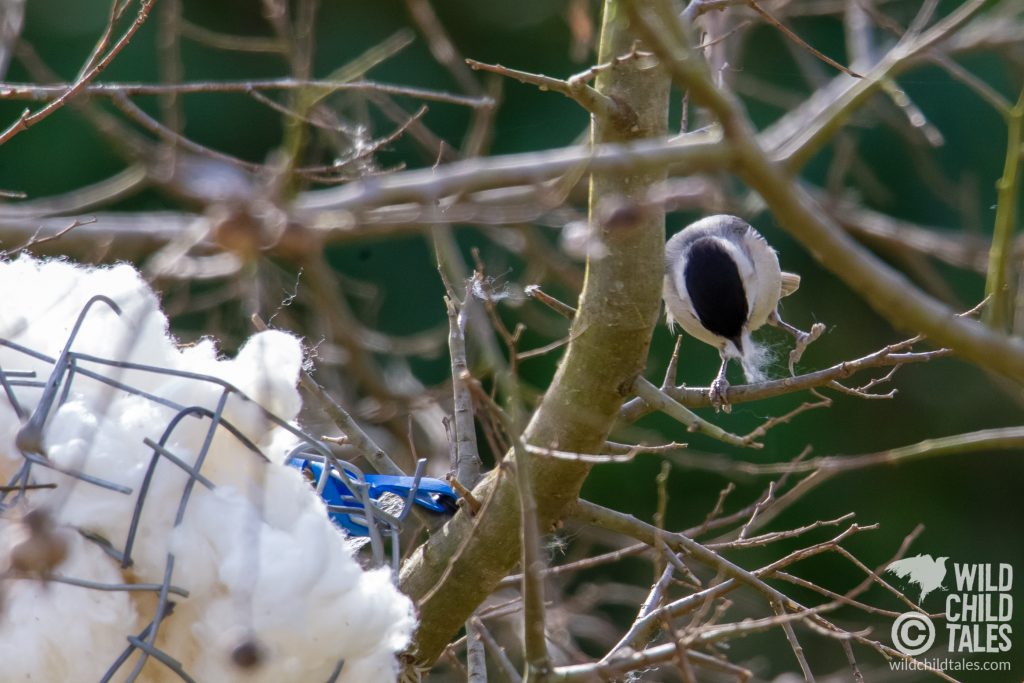
Spring is a fun time to make your yard extra-welcoming to birds. Whether you are going out of your way to find building supplies for your feathered friends, or just embracing your Inner Slacker, leaving piles of fresh yard waste lingering for a few days longer than usual, the rewards will be mighty (for everyone)!
How lovely! I’m a Seattle natural gardener who’s discovering every year different birds nesting in our yard since planting loads of native plants. It’s been a rewarding journey!
How delightful! Are there particular plants that you are finding that are more popular with the birds? I have already started drafting a post on keeping your landscaping wild / native as another way to attract birds and other wildlife, and I’d love to include anything you’ve found as a helpful tip.
Our yard in Anderson Island is surrounded by native plants in the forest, and I’m working to expand and swap out the immediate landscaping with more natives myself. I’ve also had a local naturalist say she’d love to help me learn more and possibly do outreach education on WHY native plants are so important…a project I’m very much looking forward to digging into in the future.
Hey there, this blog looks great so far! The photos are amazing.
I’m Bibi Powell’s kid, and I see she hasn’t answered your question yet, maybe I can help? I’ve helped my mom plant and build up her native garden, and though I’m more knowledgable about how the insects interact with the space (especially bees and wasps), I also watch the birds a bit too.
The berry bushes that I most often see the birds using are the service berry and twin berry. We’ve seen cedar waxwings come and feed on the service berries when they are ripe, and the twin berries seem most attractive to robins in the winter (so probably not super tasty, but good for lean times). The twin berry flowers are fought over by the local anna’s hummingbirds.
In general, I’ve found that flowers that hold onto their seeds better are good sources of winter food, and one of the most frequently visited spots during the winter is some standing dead woody remains of a plant that I convinced my mom not to dig up. The birds clearly hunt for wintering insects in the peeling rotting bark. They also like to have pathways around the yard of dense bushes or trees in which to move about unseen from the coopers hawks. This tree/bush cover works best when continued across multiple yards.
I recently observed a hummingbird sipping tree sap from the holes a woodpecker just made, suggesting that large trees that can support woodpeckers can also help support hummingbirds in winter.
In my own field of interest, I have experienced that when you plant more native flowering plants, you get dozens more species of native bees and wasp pollinators. Since honeybees are incapable of pollinating tomatoes and not great at blueberries, it’s good to actually allow some rodent activity in the yard, as some bumblebees like to nest in old rodent burrows. Bumblebees also seem to be the primary pollinator of the twin berry. Paper wasps are a treasure. Relatively docile (just don’t touch them), they can easily live in sheds or in bird boxes along fence lines with zero conflict, and they will keep the numbers of invasive white cabbage butterfly caterpillars down. Supporting a thriving insect population provides for the birds.
Zoe, thank you so much for your thoughtful reply! It very much reenforces my own observations, and the post I am planning is titled, “Go Wild!” for exactly some of the reasons you mention…in addition to the value of native plants, I’ve observed over and over how important the natural “unkept” spaces are for wildlife – the dead snags, the empty branches, the (native) dense underbrush. I try very hard to create spaces that allow for the wilder bits to augment my intentional plantings, since perfectly manicured spaces seem to be much less welcoming for birds and other critters. Thanks for your input, and I’m excited to include some of your suggestions 🙂